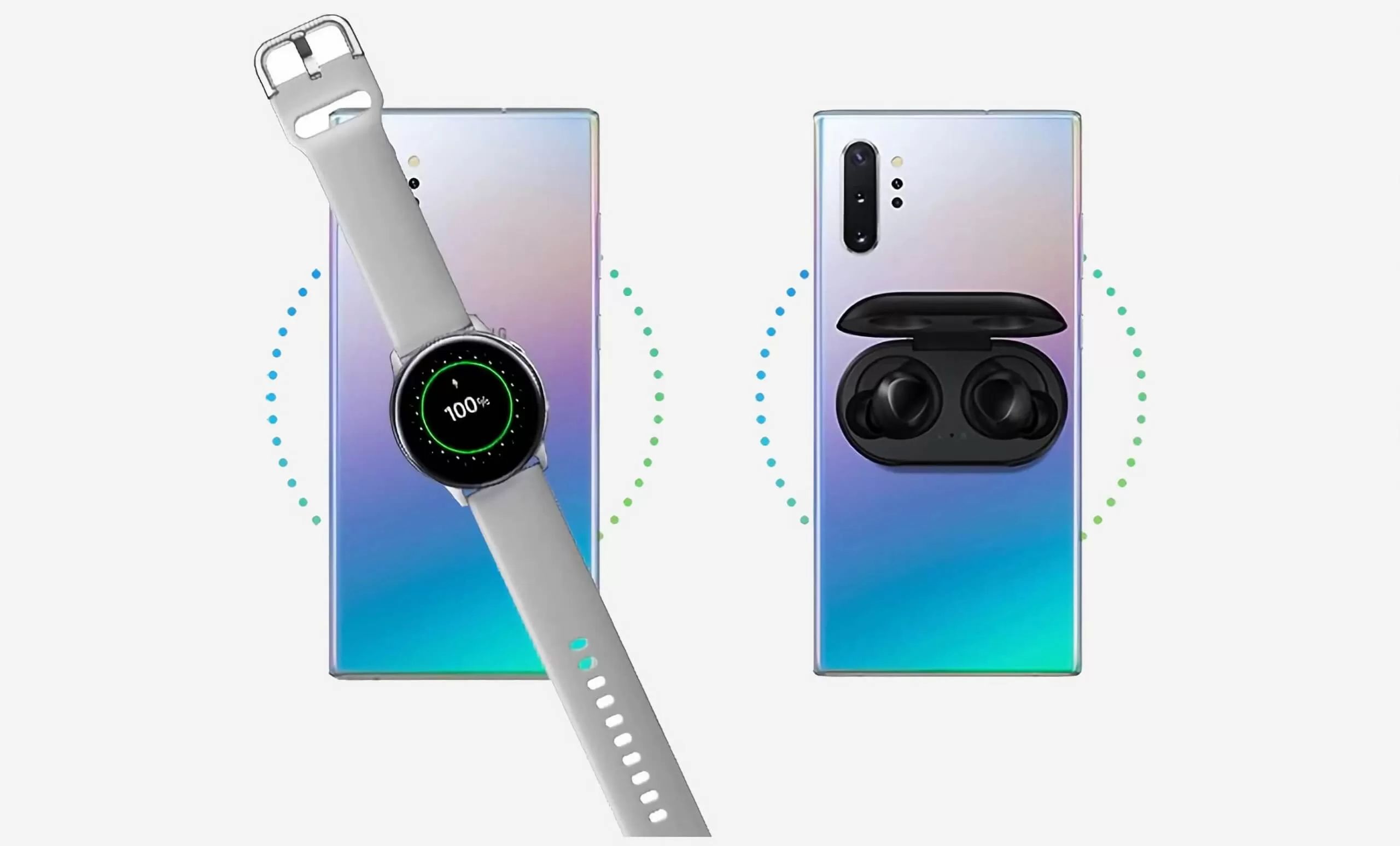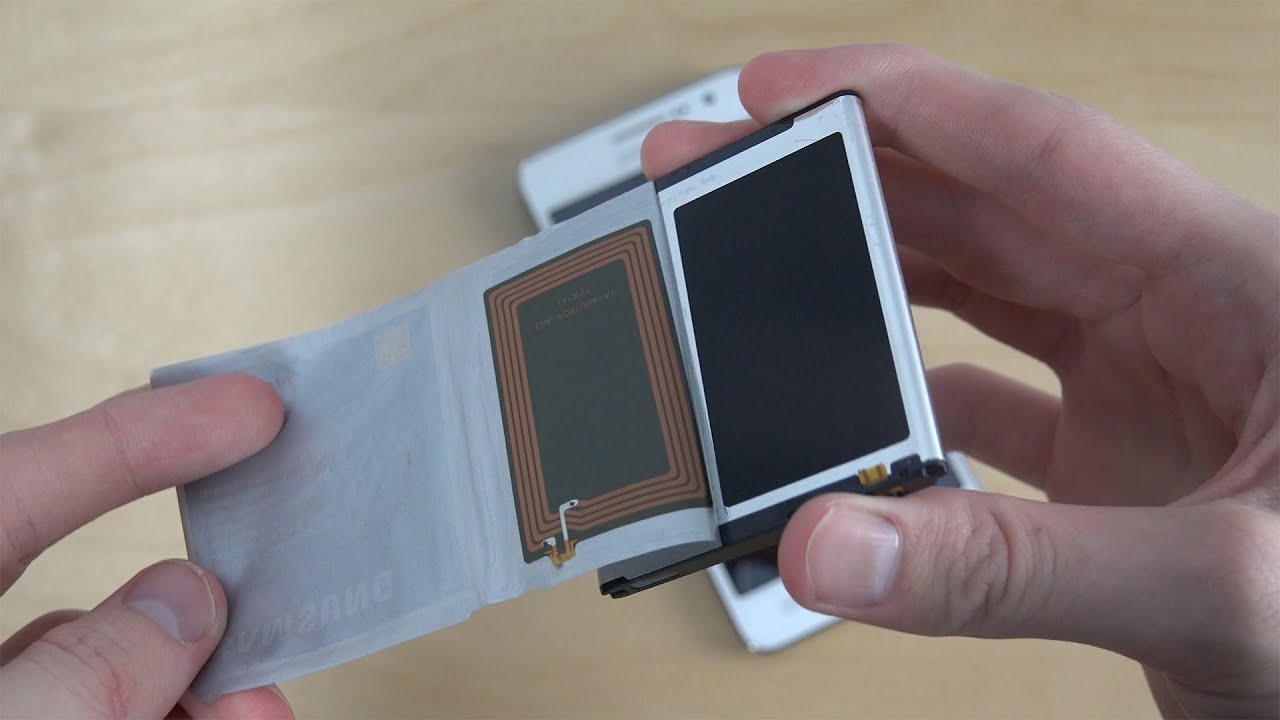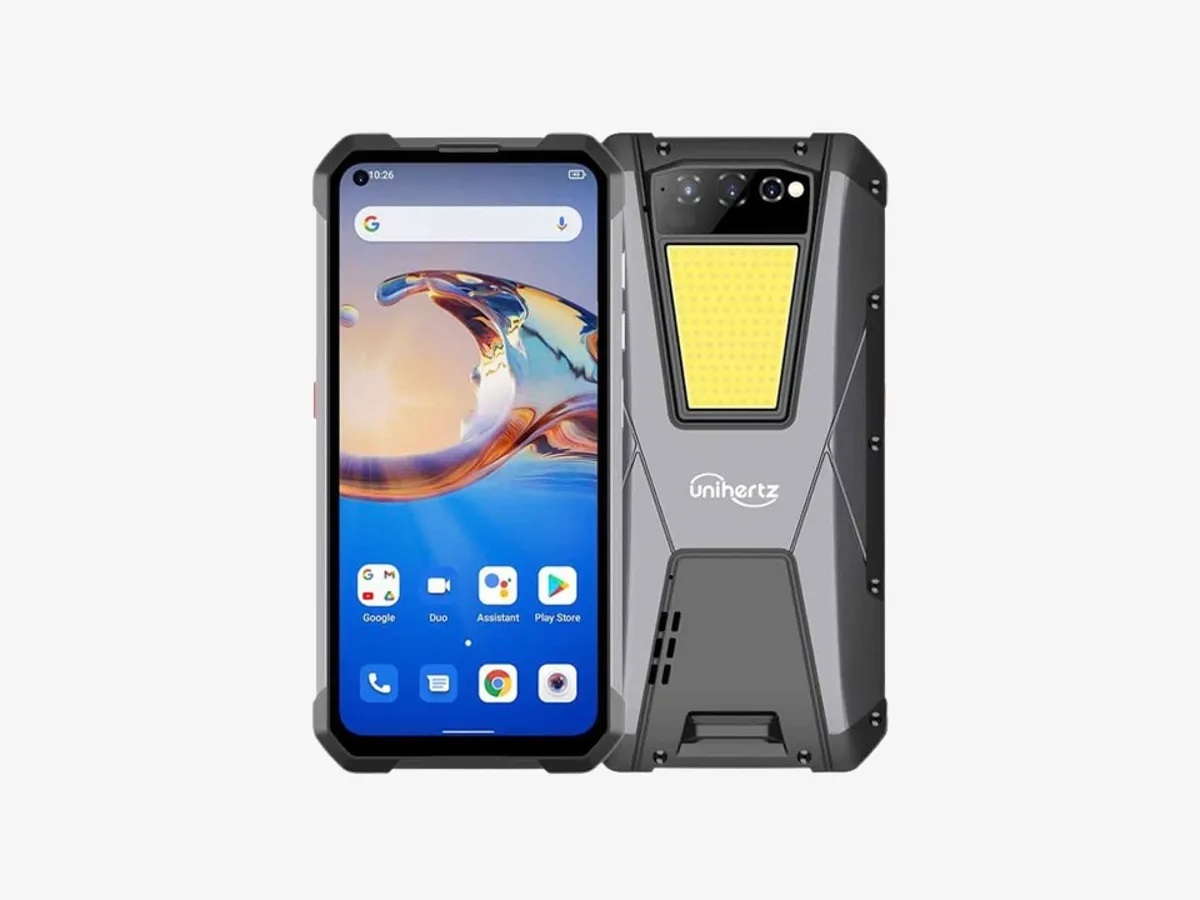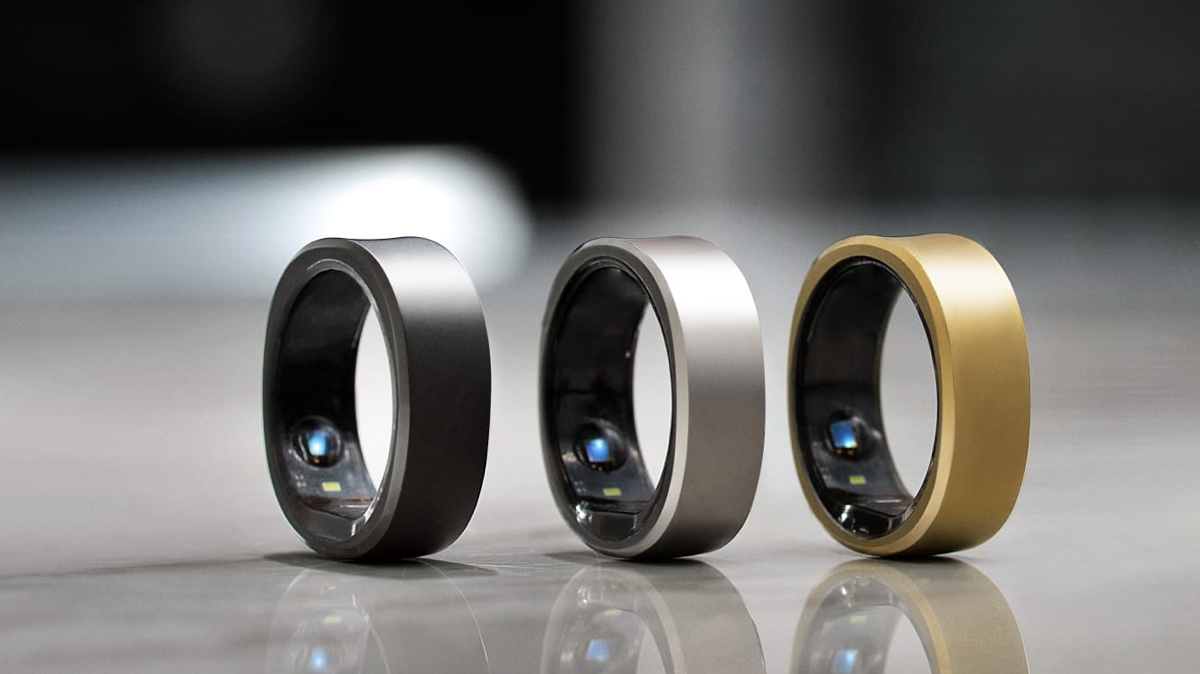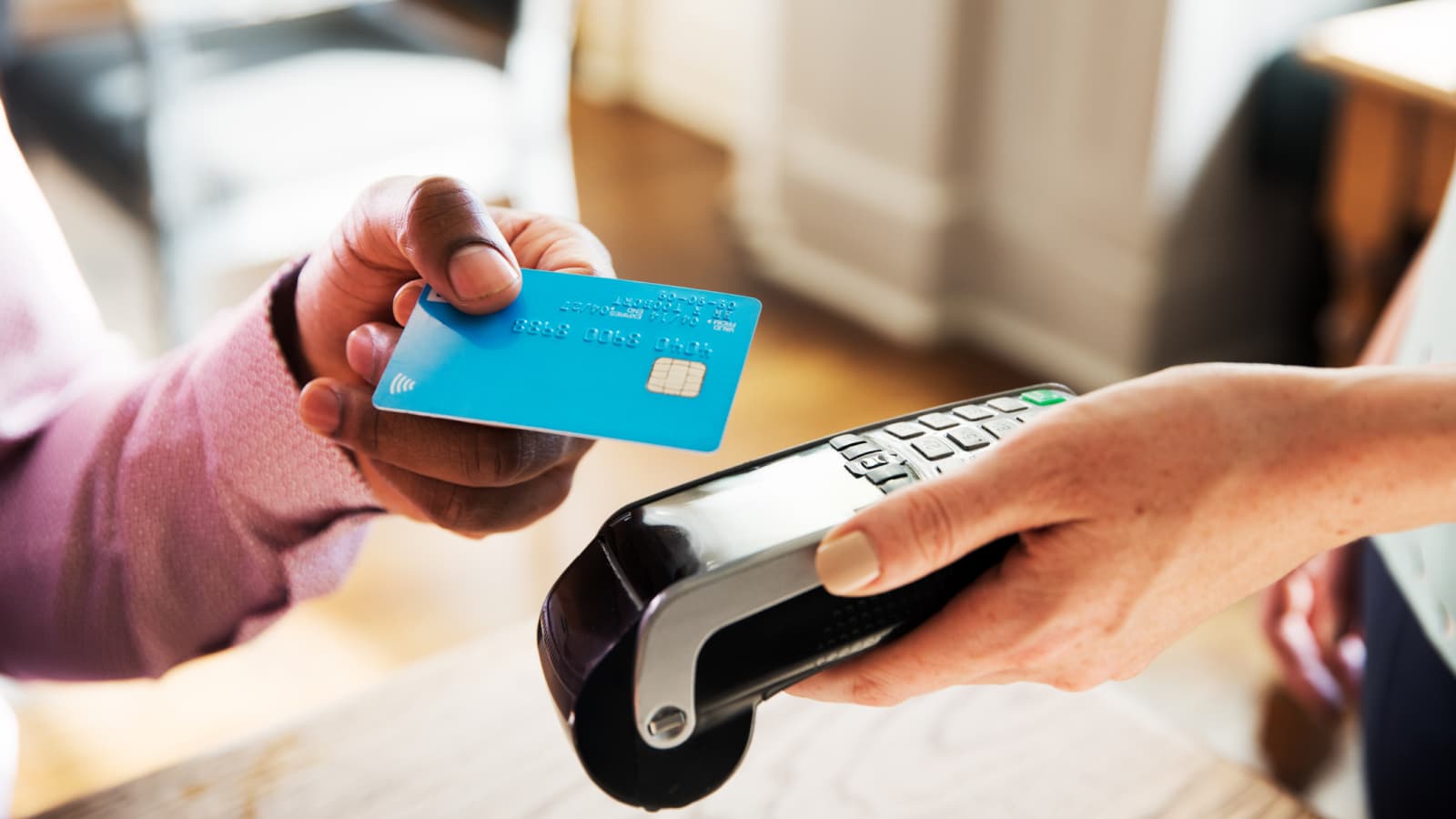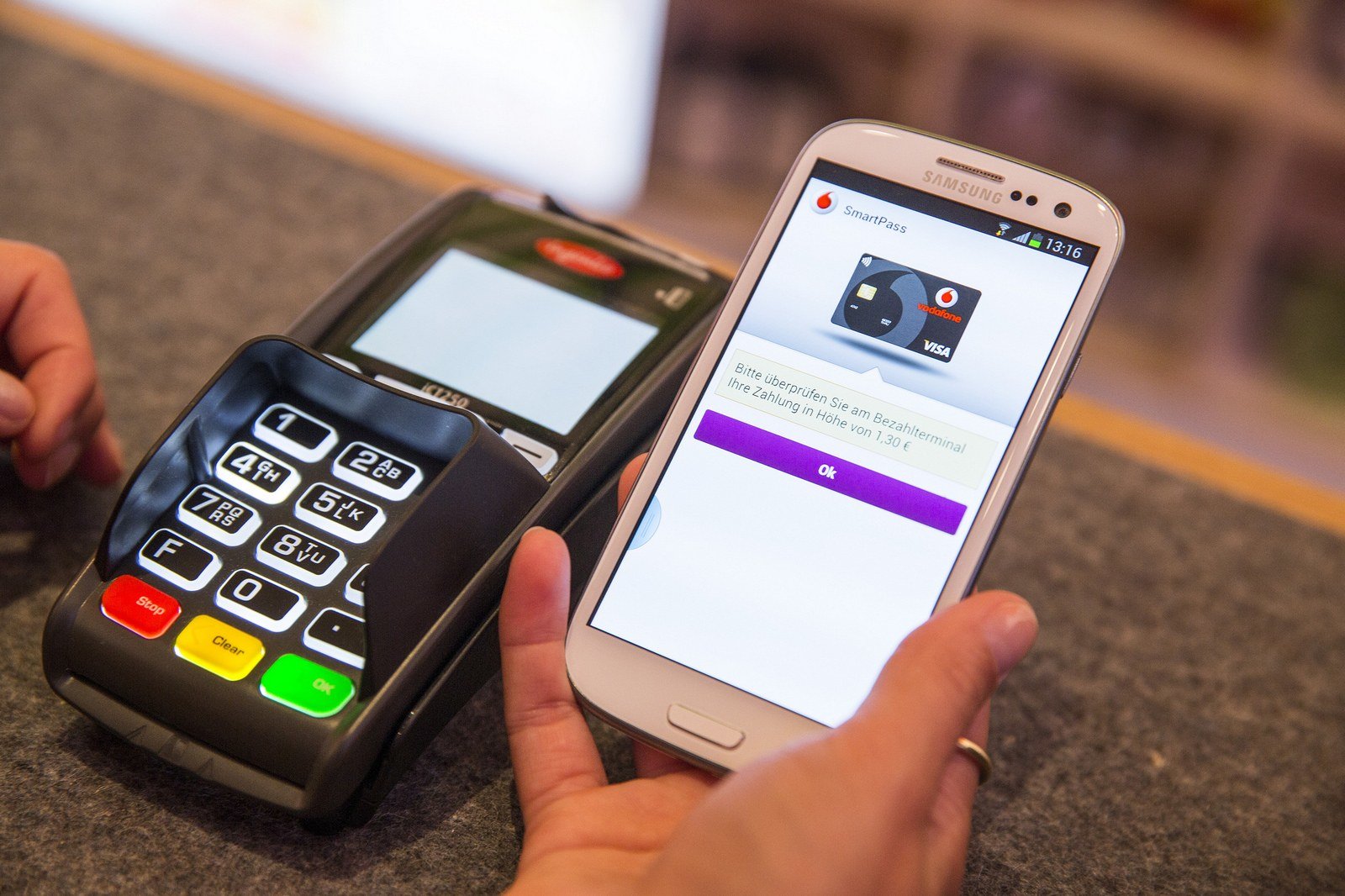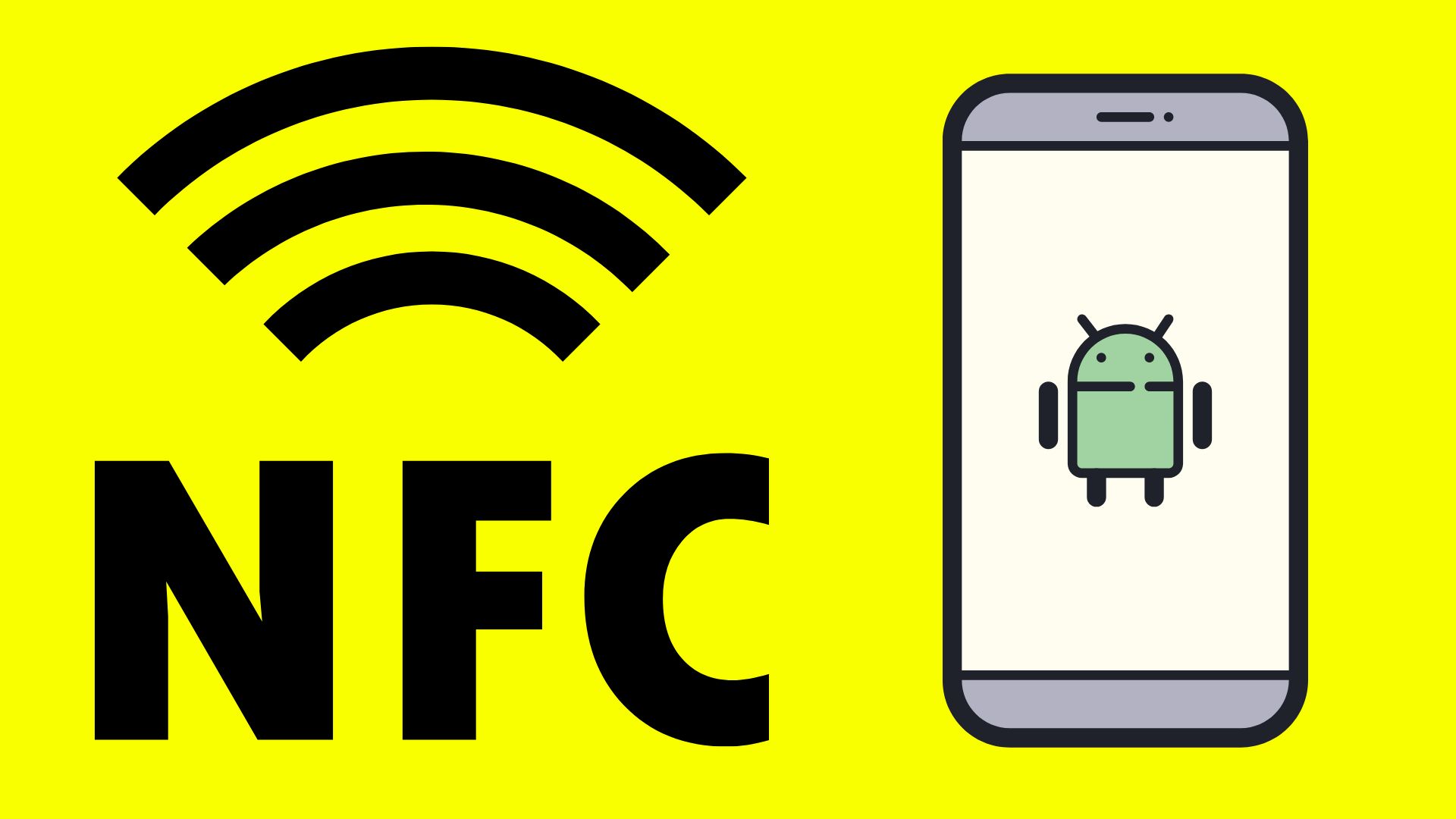Introduction
In today’s fast-paced world, staying connected is crucial. We rely heavily on our smartphones, tablets, and other electronic devices to communicate, work, and entertain ourselves. However, the constant need to keep our devices charged can be a hassle, especially when we’re on the go. This is where NFC charging comes in, offering a convenient and efficient solution to our power woes.
NFC, which stands for Near Field Communication, has revolutionized the way we transfer data and make contactless payments. But did you know that NFC technology can also be employed for wireless charging? Through NFC charging, you can power up your devices without the need for messy cords and cables.
In this article, we will delve into the world of NFC charging and explore how it works. We will discuss the underlying technology, the devices involved, and the benefits that come along with it. So, let’s dive in and uncover the secrets behind this innovative wireless charging method.
What is NFC Charging?
NFC charging is a wireless charging method that utilizes Near Field Communication technology to transfer power between devices. Unlike traditional charging methods that rely on physical connection through cables, NFC charging enables devices to charge by simply being in close proximity to each other. This technology takes advantage of electromagnetic fields to transmit energy, making it a convenient and cable-free option for powering up electronic devices.
NFC charging operates through a process known as inductive coupling. This means that two compatible devices can establish a connection and transfer power through mutual electromagnetic fields. The charging process begins when an NFC-enabled device, such as a smartphone or tablet, is placed near an NFC charging pad or station. The charging pad generates an electromagnetic field, and the receiving device absorbs this energy to recharge its battery.
It’s important to note that NFC charging requires both the charging pad and the device to support NFC technology. NFC-enabled devices are equipped with a coil that acts as a receiver, allowing them to interact with the charging pad. This makes NFC charging a seamless experience, as users can simply place their devices on a charging pad without the need for any additional accessories or cables.
It’s worth mentioning that NFC charging operates on a short-range basis. The charging pad and the device need to be in close proximity for the energy transfer to occur successfully. This distance typically ranges from a few millimeters to a maximum of a few centimeters, ensuring that the charging process remains efficient and stable.
In the next section, we will take a closer look at how NFC charging actually works and explore the technology behind it. Understanding the mechanisms involved will provide us with a clearer picture of how this innovative wireless charging method operates and its potential applications.
How does NFC Charging Work?
NFC charging utilizes two main components: inductive coupling and Near Field Communication technology. Let’s explore each of these elements in more detail to understand how NFC charging functions.
1. Inductive Coupling
Inductive coupling is the foundation of NFC charging. It involves the transfer of power between two coils – one in the charging pad and one in the device being charged. When these coils come into close proximity, an alternating current is induced, creating a magnetic field. This magnetic field generates voltage in the receiver coil, which is used to charge the device’s battery.
The charging pad contains a coil that is connected to a power source, such as an electrical outlet or a USB port. This coil generates an alternating current, which produces the magnetic field necessary for charging. The receiving device, equipped with its own coil, absorbs the magnetic field and converts it back into electricity, which is used to recharge the battery.
2. Near Field Communication (NFC)
Near Field Communication technology enables communication between two NFC-enabled devices, such as a charging pad and a smartphone. NFC allows for the exchange of data and commands, but it can also facilitate the transfer of power in the case of NFC charging.
To initiate NFC charging, the user simply places their NFC-enabled device on the charging pad. The charging pad and the device establish a connection through NFC, enabling them to exchange signals and establish the necessary parameters for charging. Once the connection is established, the charging process begins, with energy being transferred through inductive coupling.
3. Inductive Charging Stations
NFC charging stations or pads are essential for NFC charging to take place. These pads are equipped with the necessary coils that generate the magnetic field for charging. Typically, they are designed to be compact and portable, allowing for easy transportation and use in various settings. NFC charging stations can be found in public spaces, cafes, airports, and even integrated into furniture or vehicles.
4. NFC Charging Devices
NFC charging is compatible with a wide range of devices, including smartphones, tablets, smartwatches, and other electronics that support NFC technology. When purchasing a device, it’s essential to ensure it has NFC capabilities to take advantage of this convenient wireless charging method. Many contemporary smartphones and other devices now come equipped with NFC functionality, making NFC charging accessible to a larger user base.
In the next section, we will explore the benefits of NFC charging and why it is becoming an increasingly popular choice for wireless power transfer.
Inductive Coupling
Inductive coupling is a fundamental principle behind NFC charging. It involves the transfer of power between two coils – one in the charging pad and one in the device being charged. This process utilizes the relationship between electric currents and magnetic fields to facilitate energy transfer.
The charging pad, equipped with a coil, generates an alternating current (AC) when connected to a power source. This AC current generates a magnetic field around the coil. When the device with a receiving coil is placed in close proximity to the charging pad, the magnetic field induces an AC current in the receiving coil, which can be used to charge the device’s battery.
The strength and efficiency of the magnetic field can vary depending on factors such as the distance between the coils, the number of turns in the coil, and the current flowing through it. The magnetic field generated by the charging pad must be strong enough to induce a sufficient current in the receiving coil of the device for effective charging.
The alignment of the coils also plays a crucial role in inductive coupling. The coils need to be properly aligned to ensure maximum magnetic field coupling. Misalignment can lead to an inefficient transfer of power and slower charging speeds. Some NFC charging pads incorporate alignment mechanisms, such as magnets or guides, to help users place their devices correctly for optimal charging.
Inductive coupling in NFC charging is designed to be safe for both the device and the user. The devices are equipped with circuitry that regulates the power transfer, ensuring that the charging process is efficient and that the batteries are not overcharged or damaged. Additionally, the induction process used in NFC charging is considered safe for human exposure to the magnetic fields generated.
It is important to note that inductive coupling enables only short-range wireless charging, typically limited to a few millimeters to a few centimeters. This proximity-based charging ensures that the energy transfer is focused and efficient. While it might have limitations in terms of distance, it offers the convenience of cable-free charging, eliminating the hassle of plugging and unplugging devices, and providing a more seamless and user-friendly charging experience.
In the next section, we will explore the role of Near Field Communication (NFC) technology in NFC charging and how it enhances the wireless charging experience.
Near Field Communication (NFC)
Near Field Communication (NFC) is a short-range wireless communication technology that plays a vital role in NFC charging. NFC enables communication and data transfer between two devices when they are placed close together, typically within a few centimeters. This technology not only facilitates data exchange but also serves as the backbone for initiating and maintaining the connection required for NFC charging.
NFC operates on the principles of magnetic induction and electromagnetic waves. It utilizes the same fundamental principles as radio frequency identification (RFID) technology but with a shorter range and higher security. NFC-enabled devices, such as smartphones and charging pads, use NFC chips or modules to establish connections and exchange information.
In the context of NFC charging, the NFC functionality in both the charging pad and the device being charged allows them to communicate and negotiate the charging parameters. When an NFC-enabled device is placed on an NFC charging pad, the two devices establish a connection through NFC and exchange signals to initiate and control the charging process.
NFC technology contributes to a more seamless and user-friendly charging experience. Users can simply place their NFC-enabled device on an NFC charging pad without the hassle of plugging in cables or adapters. The NFC-enabled charging pad detects the presence of the device, establishes a connection, and begins the charging process, all with just a touch or placing the device in close proximity.
Furthermore, NFC enables the exchange of data between devices during the charging process. This data exchange can be leveraged to monitor and control the charging process. For example, NFC charging pads can transmit information about the charging status to the device, enabling users to conveniently check the battery level or receive notifications about the charging progress.
NFC technology also provides an additional layer of security, as it operates over short distances and requires physical proximity between devices. This eliminates the risk of accidental or unauthorized charging by ensuring that the devices are in close range and actively communicating with each other.
In addition to NFC charging, NFC technology has various other applications, such as contactless payments, electronic ticketing, and data sharing between devices. The widespread adoption of NFC in smartphones and other electronic devices has paved the way for the integration of NFC charging as a viable and convenient wireless charging option.
In the next section, we will explore the practical implications and benefits of NFC charging, shedding light on why this technology is gaining popularity.
Inductive Charging Stations
Inductive charging stations, also known as charging pads or mats, are essential components for NFC charging. These stations provide the infrastructure necessary to power up devices wirelessly through inductive coupling. Whether installed in public spaces or integrated into furniture and vehicles, inductive charging stations offer a convenient and accessible way to charge NFC-compatible devices.
Inductive charging stations consist of a charging pad, which contains a coil and generates the necessary magnetic field for charging, and a power source that supplies electricity to the pad. The charging pad may be connected to the power source using a wall outlet or a USB port, depending on the specific design and functionality of the station.
To charge a device using an inductive charging station, users simply place their NFC-enabled device onto the charging pad. The station detects the presence of the device and establishes a connection through NFC. Once the connection is established, the charging pad generates an alternating current (AC) that induces a current in the receiving coil of the device, enabling it to charge wirelessly.
Inductive charging stations come in various shapes and sizes, offering flexibility and versatility in their applications. They can be standalone units, portable pads, or integrated into furniture, vehicles, or public infrastructure. For instance, some coffee shops, airports, and restaurants provide inductive charging pads on tables or countertops, allowing customers to charge their devices while enjoying their visit.
One advantage of inductive charging stations is their simplicity and ease of use. Users only need to place their device on the charging pad, eliminating the need for cords and adapters. This contributes to a clutter-free and organized charging experience, especially in public spaces where multiple devices may be charging simultaneously.
Inductive charging stations also offer the convenience of not having to align devices perfectly for charging. The magnetic field generated by the charging pad is designed to have a wide enough range to accommodate slight misalignment, ensuring that the charging process can still occur even if the device is not placed exactly centered on the pad.
As NFC charging gains popularity, the availability and accessibility of inductive charging stations continue to grow. Their integration into various public spaces, such as cafes, airports, and hotels, provide added convenience for users who may need to charge their devices on the go. Furthermore, advancements in technology are making it possible to integrate charging stations into everyday objects, such as furniture and vehicles, to make wireless charging even more seamless and integrated into our daily lives.
In the next section, we will explore the benefits of NFC charging and how it is changing the way we charge our devices.
NFC Charging Devices
NFC charging is compatible with a wide range of devices that support Near Field Communication (NFC) technology. These NFC-enabled devices include smartphones, tablets, smartwatches, and other electronic devices that can communicate and transfer data wirelessly.
When choosing a device for NFC charging, it is vital to ensure that it has NFC capabilities. NFC-enabled devices are equipped with an NFC chip or module, which allows them to establish connections and exchange data with other NFC-enabled devices, including charging pads or stations.
Many modern smartphones are now equipped with NFC functionality, which means they are ready to take advantage of NFC charging. Smartphone manufacturers have recognized the convenience and benefits of NFC charging and have begun integrating this technology into their devices. This makes NFC charging accessible to a broad user base and promotes its adoption as a more widespread wireless charging method.
Beyond smartphones, NFC charging is expanding to other devices as well. Tablets, smartwatches, and other wearables are increasingly being designed with NFC compatibility, enabling users to charge these devices wirelessly as well. This versatility allows users to conveniently charge multiple devices using a single NFC charging pad, reducing the need for multiple cables and adapters.
NFC charging devices are typically designed with a built-in receiver coil, which acts as the interface between the device’s battery and the charging pad’s transmitter coil. This receiver coil is responsible for absorbing the magnetic field generated by the charging pad and converting it back into electrical energy to charge the device’s battery. The alignment of the device’s receiver coil with the charger pad’s transmitter coil is important to ensure efficient energy transfer.
One of the advantages of using NFC charging devices is the ease of use. Users simply need to place their NFC-enabled device on the charging pad, and the NFC technology takes care of establishing the connection and initiating the charging process. This eliminates the need to plug and unplug cables, providing a more convenient and hassle-free way of charging devices.
Additionally, NFC charging devices often come with built-in safety features to protect the device and the user. These features include temperature control, voltage control, and overcurrent protection, which help prevent overheating, overcharging, and other potential risks associated with charging.
As NFC charging continues to gain popularity, more and more devices are being designed to support this innovative wireless charging method. The integration of NFC technology into various devices is making wireless charging more accessible and convenient for users, eliminating the need for cables and adapters and simplifying the charging process.
In the next section, we will summarize the benefits of NFC charging and reflect on its impact on the charging landscape.
Benefits of NFC Charging
NFC charging offers several benefits that make it a popular choice for wireless power transfer. Let’s explore the advantages of NFC charging and how it is transforming the way we charge our devices.
1. Convenience
One of the primary benefits of NFC charging is its convenience. With NFC-enabled devices, users can simply place their device on a charging pad to initiate wireless charging. There is no need to fumble with cables or connectors, making it a hassle-free and quick charging solution. NFC charging eliminates the need to search for an outlet or carry around multiple charging cables, providing an effortless way to keep devices powered up.
2. Cable-Free Experience
NFC charging eliminates the clutter of cables and adapters that comes with traditional charging methods. The wireless nature of NFC charging allows for a cleaner workspace and reduces the risk of cable damage or tangling. With NFC charging, users can maintain a neat and organized environment while keeping their devices charged.
3. Versatility
NFC charging is compatible with a wide range of devices, including smartphones, tablets, smartwatches, and other electronics that support NFC technology. This versatility allows users to charge different types of devices using a single charging pad. NFC charging pads are designed to accommodate various devices, making it a flexible and versatile charging solution for households, workplaces, and public spaces.
4. User-Friendly Charging Experience
NFC charging provides a user-friendly charging experience. With just a simple placement of the device on the charging pad, the NFC technology establishes the connection and initiates the charging process. Users do not need to worry about aligning connectors or ensuring a secure connection. NFC charging pads often come with indicators or notifications to display the charging status, ensuring users are aware of the charging progress.
5. Safety Features
NFC charging devices are built with safety features to protect both the device and the user. These features include temperature control, voltage control, and overcurrent protection mechanisms. These safety measures help prevent overheating, overcharging, and other potential risks associated with charging, ensuring a safe and reliable charging experience.
6. Integration into Public Spaces
NFC charging is increasingly integrated into public spaces, such as cafes, airports, hotels, and even vehicles. This integration allows users to easily access charging pads while on the go, without the need to carry around their own cables or adapters. The availability of NFC charging stations in these public spaces provides added convenience and peace of mind for users needing to charge their devices away from home.
In summary, NFC charging offers convenience, a cable-free experience, versatility, a user-friendly charging experience, safety features, and integration into public spaces. These benefits make NFC charging an attractive option for wireless power transfer, simplifying the charging process and enhancing the overall user experience.
Conclusion
NFC charging has revolutionized the way we power up our devices, offering a convenient and cable-free solution. Through the combination of inductive coupling and NFC technology, NFC charging allows for wireless power transfer between compatible devices. It eliminates the need for traditional charging cables and adapters, providing a more seamless and user-friendly charging experience. With the growing adoption of NFC technology in smartphones, tablets, and other devices, NFC charging is becoming more accessible and widespread.
The benefits of NFC charging are evident in its convenience, cable-free experience, versatility, user-friendly charging process, and integration into public spaces. NFC charging provides users with a hassle-free way to keep their devices powered up, without the clutter of cables and the need for multiple charging accessories. It offers a cleaner and more organized charging environment, making charging pads a seamless addition to homes, workplaces, and public spaces.
The future of NFC charging holds promising potential. As more devices integrate NFC capabilities and more public spaces adopt NFC charging infrastructure, wireless power transfer will continue to become more accessible and available. The simplicity and user-friendly nature of NFC charging make it an attractive choice for individuals looking to streamline their charging process and reduce reliance on traditional cables.
In conclusion, NFC charging is an exciting and innovative technology that is changing the way we charge our devices. With its convenience, cable-free experience, and user-friendly nature, NFC charging is poised to become a mainstream wireless power transfer method. As technology continues to advance and NFC technology becomes more prevalent, we can expect NFC charging to become even more integrated into our daily lives, offering a more seamless and efficient way to stay powered up.







